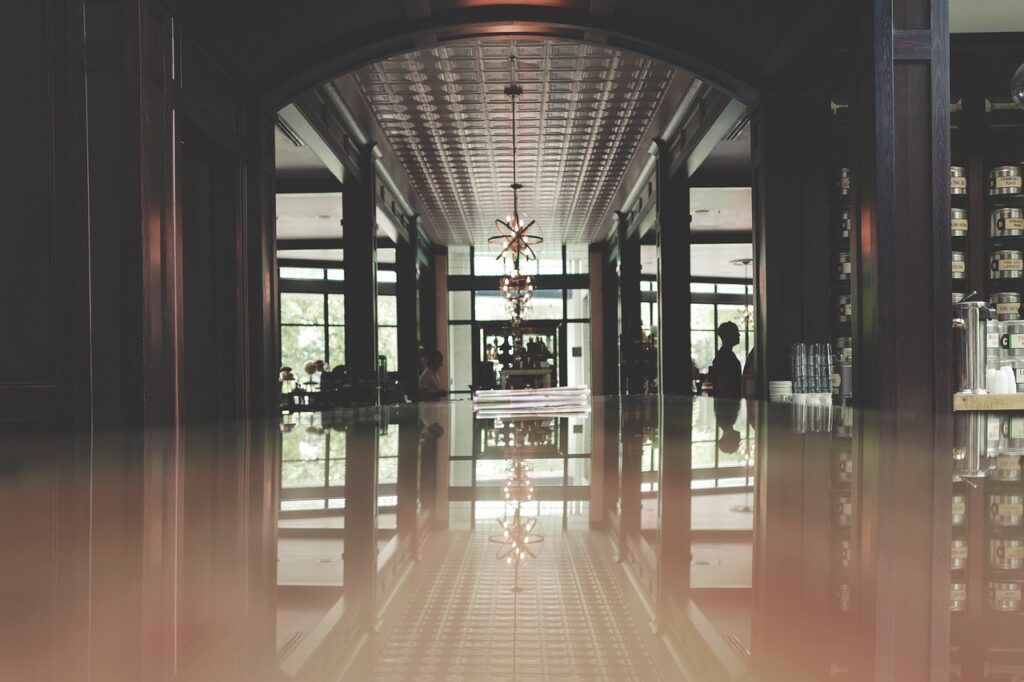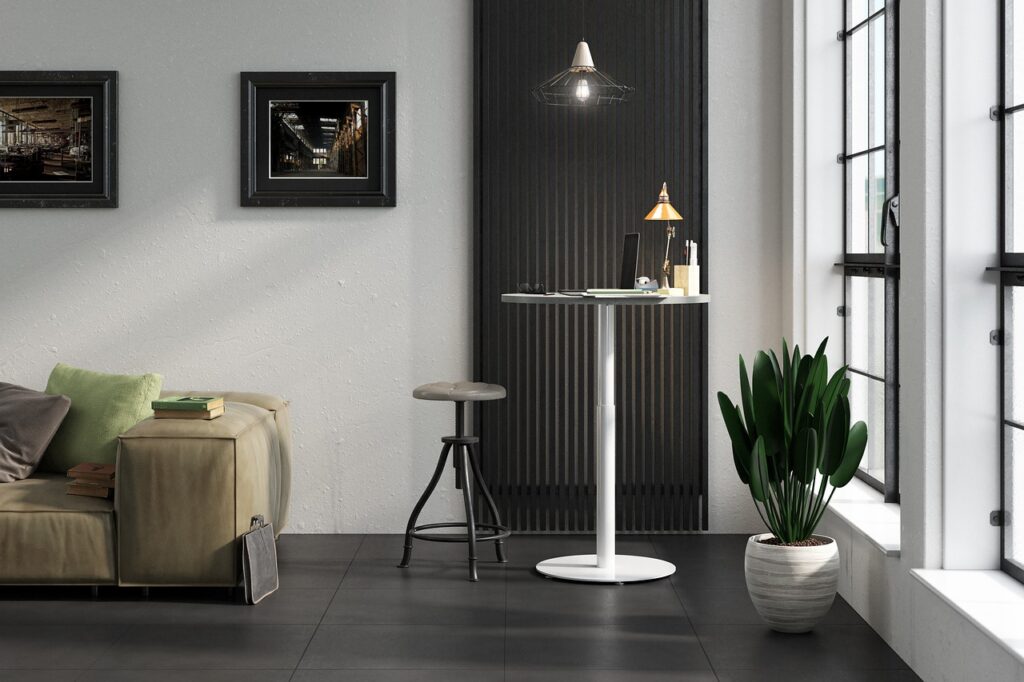The hotel lobby serves as the gateway to a memorable guest experience. It is the first impression guests have of a hotel and sets the tone for their stay. Designing a functional and inviting hotel lobby requires careful consideration of space planning, aesthetics, and guest needs. In this article, we will delve into the importance of creating functional and inviting hotel lobbies and explore how commercial interior design companies utilize space planning and design and build strategies to craft welcoming and engaging environments for guests.
I. Understanding the Significance of Functional and Inviting Hotel Lobbies
First Impression and Guest Experience
The hotel lobby is the first point of contact for guests and sets the stage for their entire stay. A functional and inviting lobby creates a positive first impression, making guests feel welcomed, comfortable, and valued. It establishes a sense of anticipation and excitement for their experience in the hotel.
Gathering and Socialization Space
Hotel lobbies serve as gathering and socialization spaces for guests. They provide areas for relaxation, networking, and connecting with others. A well-designed lobby encourages interaction and creates a sense of community, enhancing the overall guest experience and fostering a positive atmosphere.
II. Leveraging Commercial Interior Design Companies for Hotel Lobby Design
Expertise in Space Planning
Commercial interior design companies possess expertise in space planning, allowing them to optimize the layout and functionality of hotel lobbies. They consider factors such as traffic flow, seating arrangements, reception areas, and guest services to create a well-organized and efficient space. Through meticulous space planning, they ensure that guests can navigate the lobby effortlessly and access various amenities with ease.
Collaborative Approach with Clients
Successful commercial interior design companies adopt a collaborative approach when working with hotel clients. They understand the unique brand identity and target audience of each hotel and incorporate these elements into the lobby design. By closely collaborating with clients, commercial interior design companies ensure that the hotel lobby reflects the brand’s vision and aligns with its overall design aesthetics.
III. Key Elements of Functional and Inviting Hotel Lobbies
Reception Area and Guest Services
The reception area is the focal point of the hotel lobby and acts as the primary point of contact for guests. Commercial interior design companies carefully design the reception area to create a welcoming and efficient space. This includes considerations for reception desks, signage, seating arrangements, and guest services, ensuring that guests feel attended to and well-informed upon arrival.
Seating and Lounge Areas
Hotel lobbies should offer comfortable and inviting seating options for guests to relax and socialize. Commercial interior design companies incorporate a variety of seating arrangements, including plush sofas, armchairs, and communal tables. They strategically position these seating areas to encourage interaction while providing privacy options for individuals or small groups.
Lighting and Ambiance
Lighting plays a crucial role in creating the desired ambiance in hotel lobbies. Commercial interior design companies employ a mix of natural and artificial lighting to establish a warm and welcoming atmosphere. They utilize lighting fixtures, such as chandeliers, pendant lights, and floor lamps, to provide both functional and decorative illumination, enhancing the overall aesthetic appeal of the space.
Materials and Finishes
The choice of materials and finishes contributes to the overall ambiance and visual appeal of hotel lobbies. Commercial interior design companies select high-quality materials that are durable, visually pleasing, and in line with the hotel’s brand image. They incorporate elements such as natural stone, polished wood, luxurious fabrics,and contemporary finishes to create a sophisticated and inviting atmosphere.
IV. Design and Build Strategies for Functional and Inviting Hotel Lobbies
Wayfinding and Signage
Commercial interior design companies prioritize wayfinding and signage in hotel lobby design. They strategically place signage to guide guests to various areas within the hotel, including elevators, guest rooms, restaurants, and amenities. Clear and intuitive wayfinding ensures that guests can navigate the lobby easily and find their destinations without confusion.
Branding and Visual Identity
Hotel lobbies provide an opportunity to showcase the hotel’s branding and visual identity. Commercial interior design companies incorporate brand elements, such as logos, color schemes, and design motifs, into the lobby design. This creates a cohesive and immersive brand experience for guests, reinforcing the hotel’s identity and leaving a lasting impression.
Integration of Technology
In the modern era, integrating technology into hotel lobby design is essential. Commercial interior design companies incorporate charging stations, digital signage, interactive displays, and smart systems to enhance guest convenience and engagement. Technology seamlessly integrated into the lobby design improves guest experiences, allows for efficient communication, and enhances the overall functionality of the space.
V. Conclusion
Designing functional and inviting hotel lobbies is crucial for creating positive guest experiences and establishing a strong brand presence. Commercial interior design companies play a vital role in utilizing space planning and design and build strategies to craft hotel lobbies that leave a lasting impression. By considering key elements such as reception areas, seating arrangements, lighting, materials, and wayfinding, commercial interior design companies create welcoming and engaging environments that reflect the brand’s identity and cater to the needs of guests. Through their expertise and collaborative approach, these companies ensure that hotel lobbies serve as captivating and functional spaces, setting the stage for exceptional guest experiences.





